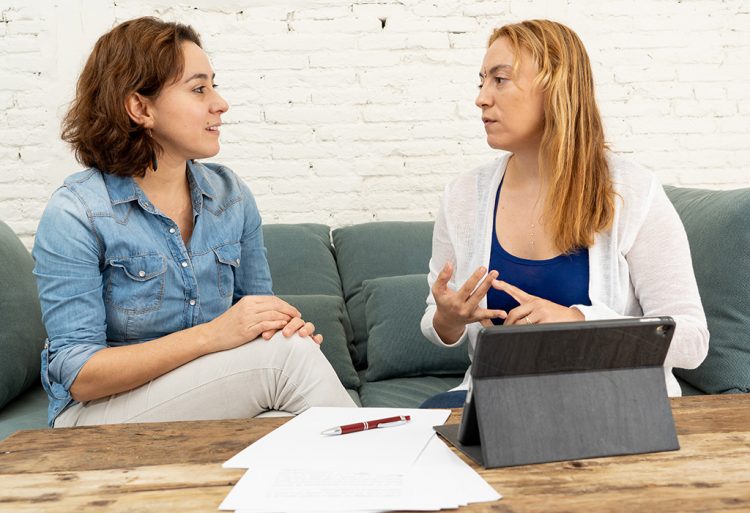The main goal of coaching is to improve teaching practices and as such, is an essential component of a good Professional Development program. It has been proven that training with an on-going coaching component can lead to an 80-90% implementation rate for new practices. The same training without coaching yields results in the 20% range. One of coaching’s primary benefits is that it can help educators identify areas for growth. Specifically, this means learning deficient areas that if improved upon can elevate a teacher’s performance by incorporating practices that are highly effective and evidence-based. When these advancements are made in a teacher’s practice, improved academic and behavioral outcomes from their students are often realized. New teachers in both general and special education are commonly the recipients of coaching, but more experienced teachers can benefit from the coaching process as well. Parents and caregivers are also coached in teaching practices, especially in early education and early learning scenarios. The heart of coaching is simple: better teachers create better students.
Who are Teacher Coaches?
There seems to be no debate that coaching is important for teachers, but who are these special people who can help make a teacher better? Frequently, a special education teacher who has expertise in cutting edge instructional practices will become a coach. School psychologists also have the knowledge, skills, and experience necessary to be a coach and often are. Teachers with years of in-classroom experience who also are up-to-date on the latest best practices for teaching can transition a coaching role as well.
There are a few common traits among these groups of coaches. One is that they are experts in the field. They are also experienced and are highly educated on best teaching practices. They are committed to helping other teachers deepen their practice and identify areas from growth. Finally, they work collaboratively with their mentees and are good relationship builders.
Coaching Cycle
There are many different coaching models in existence, but most are based on similar principles and are applicable to teachers in Early Education, Early Intervention, K12, and Higher Education. These models showcase the best practices for improving an individual teacher’s performance. There are 4 broad categories of an effective coaching cycle for teachers: Observation, Modeling, Performance Feedback, and Alliance Building Strategies.
Observation
Observation refers to directly watching a teacher perform in their learning environment and is the entry point into a coaching relationship. The main purpose of observation is to give the coach a baseline on the teacher’s practices and how they apply them in a real-world setting. By familiarizing themselves with how the teacher operates in the classroom the coach is then able to suggest areas for improvement, provide further information on evidence-based practices or another area of performance feedback, or to model evidence-based practices with the teacher. Observation can be performed in-person or by video for review at a later time.
Modeling
Modeling is also referred to as demonstrating or learning and is a coach showing a teacher how to properly use a practice that the teacher has been using incorrectly or in a less than an ideal manner. The purpose of modeling goes beyond simply demonstrating the best way to deploy an evidence-based practice; it is a way for the coach to show how the practice directly impacts the student.
Performance Feedback
Performance Feedback plays a critical role in the coaching cycle. It is when the coach presents data on the teacher’s performance they obtained from the Observation they performed. Feedback can be formal or informal and is thought to be so important to achieving a successful outcome from the coaching experience that some researchers consider it to be an evidence-based practice in and of itself. Feedback is said to be most effective when it is specific, timely, positive, and corrective if necessary. There are a few ways a coach can deliver their feedback to the teacher; written, face-to-face, or via a video – all of which have their own advantages and disadvantages.
Alliance Building Strategies
The final step in the cycle is Alliance Building Strategies which references the interpersonal interaction between the coach and mentee. Creating and maintaining a strong and positive relationship can ultimately lead to higher quality work and progress from the coaching event. The success of the teacher/coach relationship is dependent on the coach’s interpersonal skills, collaboration skills, and expertise in the subject matter they are coaching. In summary, an alliance is a collaborative partnership that encourages and reinforces the teacher’s goals and needs in a positive way which helps them be more receptive to the information presented by the coach and to learn to be better at improving student outcomes.



